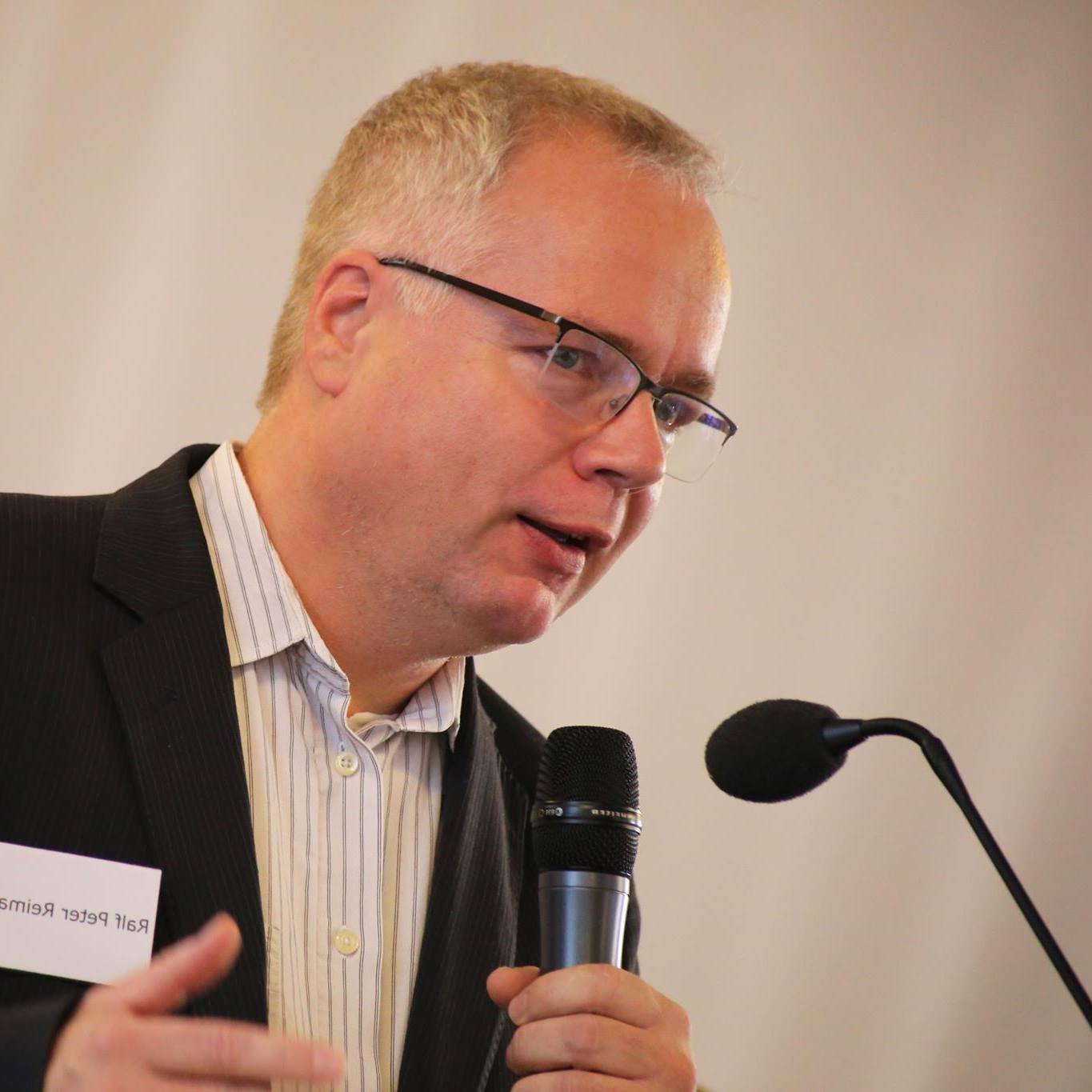At the Digital Research Forum on Religion and AI held online on June 19, 2024, we explored the concept, the initial year, and our preliminary learnings regarding the development of the Martin Luther avatar. This blog post delves into the technical issues encountered, discusses the technological challenges faced, and addresses the theological questions that arose during the creation and implementation of this AI-powered avatar.
The aim is to transpose Luther into the 21st century so one can ask him questions and receive responses as Luther might answer today. The objective is not to create a historical clone of Martin Luther but an interpretation adapted to contemporary times. Thus, it stimulates discussion on how Martin Luther might react if he were a person of the 21st century.
Goals and Media Attention
The objective was to reinterpret Luther’s message for contemporary times and facilitate direct interaction with Martin Luther. The experiment aimed to explore the utilization of AI in a church context. The AI Martin Luther avatar premiered on YouTube on Reformation Day last year. The audience who viewed the live stream could engage with the avatar via YouTube chat, posing questions that Martin Luther would then answer. The project received substantial media attention. Germany’s National Radio, Deutschlandfunk, reported on the event. Additionally, WDR Fernsehen featured a short clip of Martin Luther on Reformation Day, juxtaposing Reformation Day with Halloween. The media attention was gratifying, with even Vatican News taking notice of the Martin Luther avatar.
Audience Interaction and Educational Potential
There was significant interest and curiosity from both the audience and the media. The prevailing perception was that one could inquire of Martin Luther his views on contemporary topics. This prompted the audience to test the avatar’s capabilities. During the live chat, numerous individuals attempted to gauge the avatar’s intelligence or the historical Martin Luther’s knowledge. For example, does he know how to jumpstart a car? The avatar was discovered to have potential applications in historical and religious education.
Design Decisions and Technical Achievements
Why Martin Luther? In Germany, most individuals are familiar with Martin Luther, and the Cranach image of Martin Luther is widely recognized. Thus, everyone identifies the avatar as Martin Luther. The technology functioned effectively, demonstrating that an avatar can be created not only from a selfie but also from an oil painting.
ChatGPT was utilized for this project. ChatGPT’s data contained an extensive corpus of Martin Luther’s texts and substantial secondary literature about him, contributing to the avatar’s functionality. During the design phase, several decisions were made. For instance, should the avatar represent the early or late Luther? What attire should he wear? Should it be historical Lutheran chasubles or the Prussian clergy robe from the 19th century, which is more recognizable as Protestant attire? Luther’s original attire might confuse him with a Catholic priest. Size was also considered: should it reflect the average size of today or the 16th century? The decision was made to choose the average size of today. Additionally, High German was opted for rather than the historically accurate Saxon pronunciation of Martin Luther.
Addressing Controversial Statements and Ethical Considerations
Other challenges included addressing Martin Luther’s controversial statements regarding the Jews. To ensure that antisemitism was not promoted, content was filtered during the premiere. The goal was to present the avatar as a possible interpretation of Martin Luther, not a definitive representation of what Martin Luther would say, but rather what an interpretation of Martin Luther might say today. Transparency was maintained by publishing the prompts for public scrutiny. Even though the interaction might feel authentic, it remains an interpretation.
Exploring AI and Theological Questions
Before delving into the technological aspects, consider a question posed to Martin Luther at a conference: Would do you think of climate activists today, engaging in civil disobedience? Martin Luther responded by acknowledging that contemporary climate activists protect the integrity of creation. He drew a parallel to his own experience of overstepping the law and following his conscience at the Diet of Worms. He noted that climate activists today face a similar dilemma: whether to follow their conscience or the law. Luther’s famous words, „Here I stand, I can do no other,“ were cited by the aatar in relation to climate activists. This demonstrated that AI could reveal new insights when applied to Luther’s texts.
Production of the Full-Body Avatar and Metaverse Integration
During the pandemic, difficulties were encountered in connecting clients with solutions. To address this, operations were transitioned into a Metaverse environment. This concept also underpins the project with Martin Luther. In the Metaverse, interactions occur as avatars in the same virtual space, mimicking real-world interactions.
The goal was to create a complete, photorealistic full-body avatar of Martin Luther. This process began with an image of Lucas Cranach, along with other historical images of Martin Luther, fed into an AI. The AI generated a face resembling Martin Luther based on Cranach’s image. Next, a full-body scan of a real person was created. The company partnered with specializes in full-body scans. In this case, the scan was of one of the team members, and Martin Luther’s head was placed on this body. Consequently, a full-body avatar of Martin Luther was produced as a 3D model capable of interacting with others in the Metaverse.
From a technical perspective, producing a full-body avatar involves creating a fully rigged avatar, functional in 360 degrees with a highly realistic surface. It is a one-to-one copy of a real person. An X reality platform was utilized, which serves as the foundation of the metaverse. Interactions occur in a 360-degree, 3D virtual environment where you can interact with the avatar. You can walk around, touch, push, and talk to him, alongside hundreds of other participants.
Cloud-Based Infrastructure and Latency Reduction
It is crucial to use a German-based cloud, especially when collaborating with universities or schools. Additionally, latencies concerning the connection to the data center are significant. Utilizing a U.S.-based cloud from Germany results in a latency of two to three seconds each way. For an AI-based avatar, reducing latency is vital. Therefore, all tools, including the text-to-speech engine and large language model, were hosted on a local German-based cloud.
Initial Testing and Improvements
Initial tests on Reformation Day revealed a latency of 12 to 14 seconds in receiving responses from Martin Luther. With a German-based infrastructure, this was reduced to two to three seconds. It is optimistic that this can be further decreased to around one second or less. This reduction is essential for immersive interactions with the virtual human. The Metaverse client was replaced with a browser-based client. Users receive a link, enter it into their browser, and gain access, which simplifies scalability for schools and universities. The most suitable large language model in addition to GPT was selected for the requirements. After evaluating several models and implementing safeguards to ensure appropriate responses from Martin Luther, all components were integrated into the XR platform. This integration was the most challenging aspect, requiring seamless cooperation of all elements.
Evaluating Language Models and Filtering Content
An illustrative anecdote involves the evaluation of different large language models. ChatGPT and Mistral.AI were used for comparison. While uploading data to ChatGPT, a message indicated that certain texts from Martin Luther were inappropriate. Given that Martin Luther occasionally used harsh language, ChatGPT’s American filtering system flagged these texts. This raises questions about who controls large language models. This instance highlighted that building a custom GPT on ChatGPT involves filtering influenced by American, not European, values. Such challenges extend beyond technology to theological considerations.
Ethical and Theological Considerations
This project is consistently described as an experiment. There are no definitive answers, but the objective is to refine questions and identify critical underlying issues. One such issue is ownership and representation of the avatar’s personality. Who owns the avatar? Martin Luther was utilized as a historical figure, but this technology could apply to any historical or contemporary person. For example, if Dietrich Bonhoeffer were used, would his family’s permission be needed? One of the team members is an acquaintance with a grandnephew of Bonhoeffer, so should the family be contacted?
Certain controversial aspects of Luther’s writings, such as his antisemitic remarks, were excluded. Is it ethical to present a sanitized version of Martin Luther? When prompting the avatar, specific positions can be included or excluded. It is up to the developers to determine Luther’s responses. This raises questions of ownership and AI fine-tuning. Who sets the parameters? Is it the programmers, the community, pastors, or the denomination? In the Catholic Church, this could be the Magisterium.
Potential for a Jesus Avatar?
Consider a mental experiment: Creating an avatar of Jesus. Which representation of Jesus would be used? Would the avatar have black or white skin? What about size or physiognomy? Which data would form the basis—the ipsissima verba or red-letter verses, or secondary content such as sermons? Whose sermons would be selected? Who controls the Jesus avatar? The browser-based nature of this project means the Jesus avatar could be on an app on your smartphone, leading to the question, „What would Jesus do?“ If asked, would this interaction be considered prayer?
These are questions that must be addressed.


